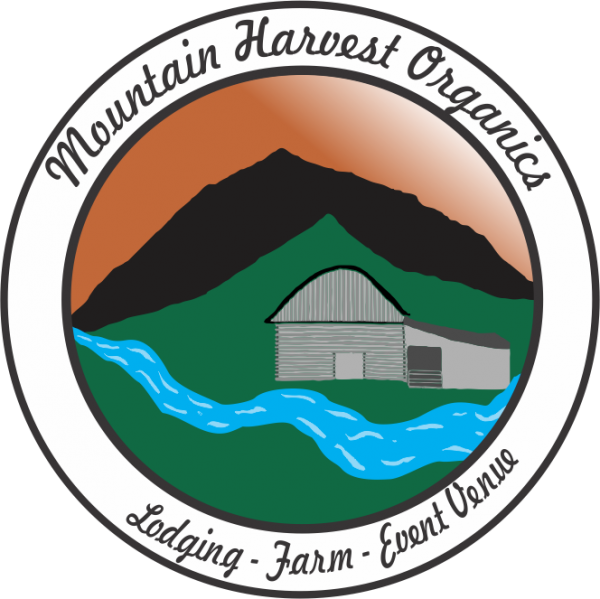Projects, Timber Framing, Vacation Cabin Rental, WP Migration
Trying to get the most board feet from each of our trees
We are having a good time on our most recent endeavor into logging and sawing – learning so much about looking at a tree and with our cut list – trying to figure what sizes of cuts will make best use of the tree. This would be an interesting math assignment in school!
Our First Sawing Project
We have found, over the years of having our neighbor dump slabs from his sawmill for us to burn in our wood boiler, was that sawing chaotic piles of slabs into sizes that fit in the wood boiler is much more energy intensive than the heat generated from burning the slabs. One thing we learned from Lee Stover (a.k.a. Supreme Forrester by Townes) was that managing slabs is a very important aspect of a sawmill business. Thus the reason for our first sawing and building project – a rack for holding slabs – just so they can easily be cut into sizes that fit into our wood boiler. We will have no waste from our sawing operation, as we will be using the slabs for heating our greenhouse and the sawdust we will use for either growing mushrooms or mulching blueberries,




Our first “Timber Framing” project
In the next couple of weeks Carl will conduct his first Timber Framing class for Danielle, Justin and Julie. In order to cut the frame for the vacation cabin, we will need some stout and sturdy saw horses, mostly because a few of the beams (lumber for building the frame for the vacation cabin) will be REALLY HEAVY and we will definitely need to use our tractor for dealing with these beams because none of us farmers are strong enough to lift them. So, we will be building our saw horses using “Timber Framing”, and these saw horses will be used for all our future “Timber Framing” projects, in cutting kits to be sold. I must say I am very excited about our first project because I haven’t yet done any construction using this traditional building method. Construction using the “Timber Framing” technique is a dying craft and one that we are trying to revive on this farm.
Greg, Carl’s brother, is an expert cabinet builder and has been specializing in kitchen and bath designs for the past 30 years. Greg has been advising us on the variety of trees for our timber framing projects, also helping with the design of the Farm Vacation Cabin and drawing up detailed cabin plans that can be submitted to our county so that we can receive our building permits. We are thankful that Greg uses a professional software package for creating the cabin plans that can be accepted by our County in granting us building permits. Greg suggested using poplar for our saw horses because it is a light hardwood so hopefully the saw horses will be heavy enough for cutting our the frame for the vacation cabin yet light enough so that we can move them around. We have spent the last couple weeks harvesting poplars and sawing the few trees we have harvested into 4 feet by 6 foot lumber. We think we might have enough lumber sawed for building 4 saw horses which is what Carl estimates will be needed for our project.








